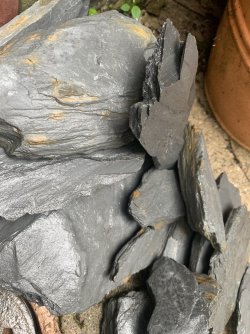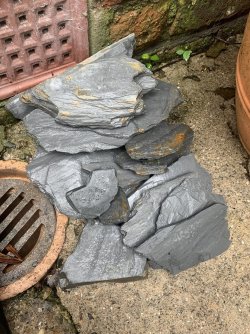777james777
Fish Crazy
I really want to put slate into my brand new aquarium.
I have read a lot online regarding this being potentially unsafe for my tropical fish. I have also read up on the vinegar test. Is there any advice that anyone can give to me? Do i just need to wash my slate?
(The slate has come from the floor in wales)
I have read a lot online regarding this being potentially unsafe for my tropical fish. I have also read up on the vinegar test. Is there any advice that anyone can give to me? Do i just need to wash my slate?
(The slate has come from the floor in wales)



